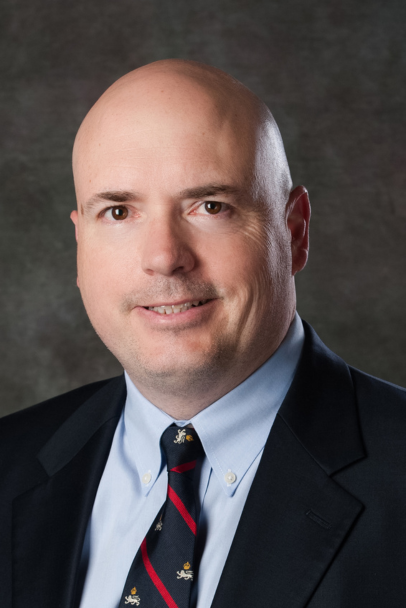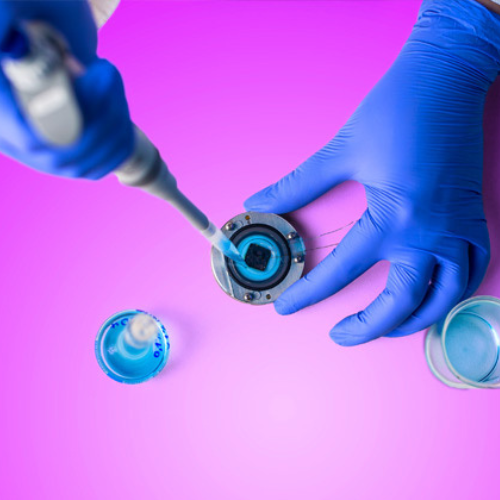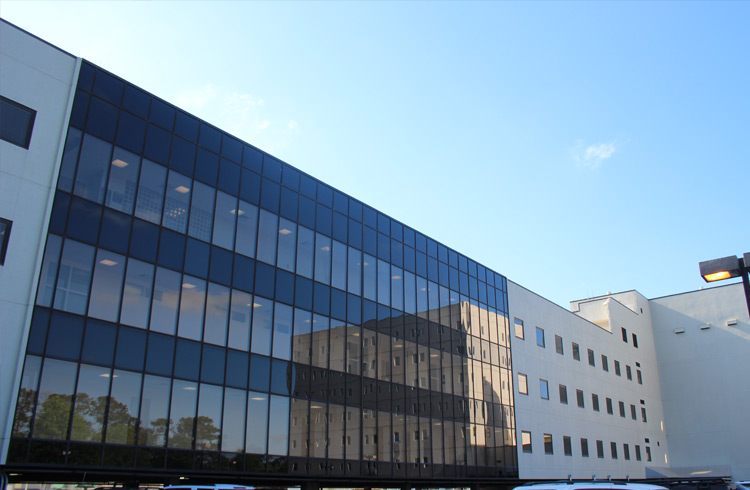Revolutionizing Clot Removal for High-Risk Patients
The AngioVac (AngioDynamics) system has emerged as the first aspiration thrombectomy device capable of removing significant intravascular material—such as thrombus, vegetation and tumors—without the need for thrombolysis or open surgery. This innovative technology has been successfully used to manage acute and subacute iliocaval thrombosis, catheter-related central venous thrombus, atrial tumors/thrombus, valve vegetations, and submassive and massive pulmonary emboli.
 For patients in the Big Bend area with masses in the right atrium or ventricle who have contraindications for thrombolysis or are at high surgical risk, this new, effective and minimally invasive catheter-based technique is now available at Tallahassee Memorial HealthCare (TMH).
For patients in the Big Bend area with masses in the right atrium or ventricle who have contraindications for thrombolysis or are at high surgical risk, this new, effective and minimally invasive catheter-based technique is now available at Tallahassee Memorial HealthCare (TMH).
“Many of these patients have multiple comorbidities, are high risk, and are not good candidates for open surgery,” said William Dixon, MD, an interventional cardiologist with TMH Physician Partners, Services by Southern Medical Group. “Instead of putting them through surgery, AngioVac allows us to go in through the groin in the cath lab and aspirate the mass.”
TMH is one of the few hospitals in the region offering this advanced technology, which has the potential to replace open cardiopulmonary surgery for thromboembolic disease affecting the pulmonary arteries, central line–associated thrombus, and cardiac vegetations and tumors.
The AngioVac system comprises a venous drainage cannula and an extracorporeal bypass circuit. Blood passes through a filter canister, which traps unwanted material such as thrombus, while the proprietary funnel-shaped cannula tip optimizes aspiration and prevents clogging. The device is deployed under imaging guidance with transesophageal echocardiography and fluoroscopy. Once inserted, a perfusion circuit is started, and the thrombus is removed with suction.
“The principle is similar to its original use for cardiac bypass,” Dr. Dixon explained. Instead of perfusing blood during open-heart surgery, the vacuum force is used to remove clots or vegetation. Because this requires the same equipment as open-heart surgery, smaller community hospitals often cannot offer patients this option.
“This technology is not widely available, but we’ve had tremendous success with it,” Dr. Dixon said. “We’ve treated at least 30 patients with AngioVac, sparing them open-heart surgery. TMH has five interventional cardiologists trained to provide these complex coronary interventions for high-risk patients.”
Dr. Dixon noted several advantages: “With just a couple of small groin incisions, recovery is minimal, and most patients can go home the next day. Patients with ongoing infections may need to stay longer for IV antibiotics, but the overall stay is significantly shorter.”
In addition to treating infectious endocarditis, AngioVac is also used for clot removal and in conjunction with the removal of infected pacemaker leads.1
“When significant vegetation is present on pacemaker leads, there’s a risk it could break off during removal, travel to the lung, and cause an abscess,” Dr. Dixon said. “Currently, we primarily use AngioVac for right-sided lesions, tricuspid valve endocarditis, and clots in the right atrium or ventricle. Its size makes use in arterial circulation more challenging, but contraindications are rare.”
Dr. Dixon shared a recent success story of a young woman with a large atrial clot severely impairing normal heart function. Due to wound healing issues, she was reluctant to undergo open-heart surgery.
“Using AngioVac, we removed the entire clot through a groin incision,” Dr. Dixon recalled. “Her pulmonologist told her, ‘You’re lucky you’re at this hospital. Not everyone has this device, and it might not be an option for you elsewhere.’ At her recent checkup, she was doing great. It’s incredibly rewarding to offer this option to our patients.”
Reference
- George BJ, Santos P, Donaldson K, et al. A retrospective comparison of tricuspid valve surgery to tricuspid valve vegetation debulking with Angiovac for isolated tricuspid valve endocarditis. J Am Coll Cardiol. 2019;73(9 suppl 1):1973.
AngioVac™ is a trademark of AngioDynamics and is used with permission.


